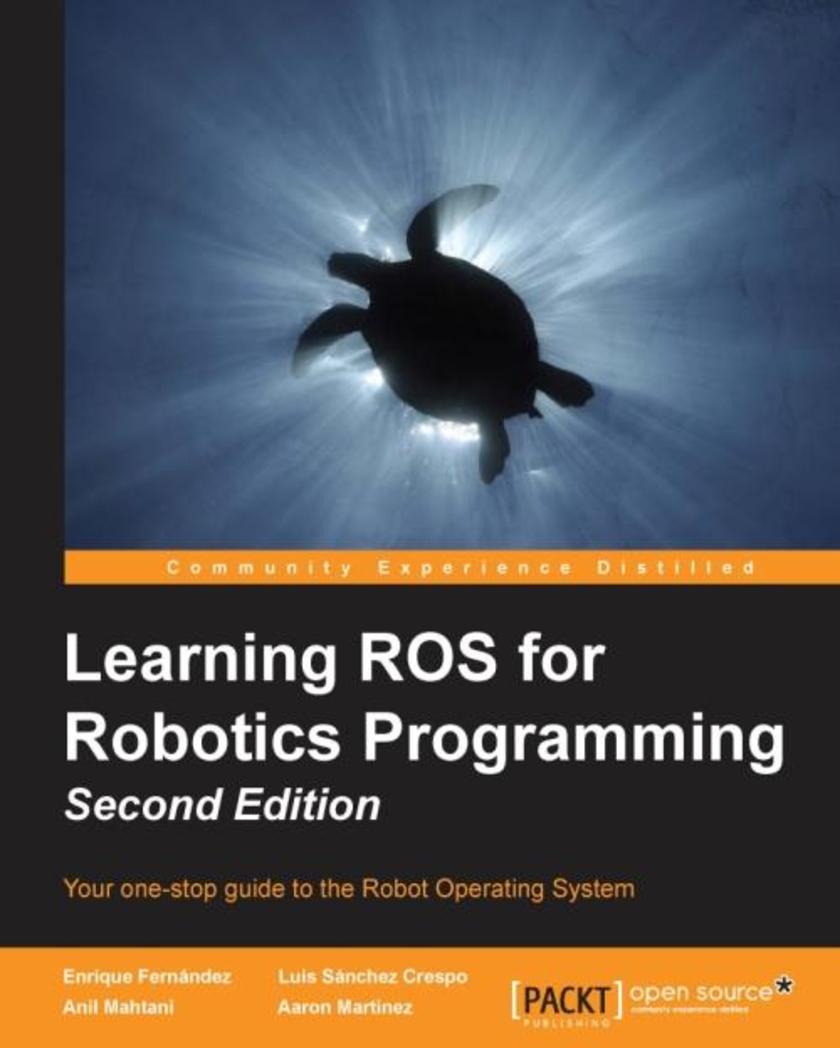
Learning ROS for Robotics Programming - Second Edition
¥99.18
In order to make the most of the book, you should have a C++ programming background, knowledge of GNU/Linux systems, and general skills in computer science. No previous background in ROS is required, as this book takes you from the ground up.
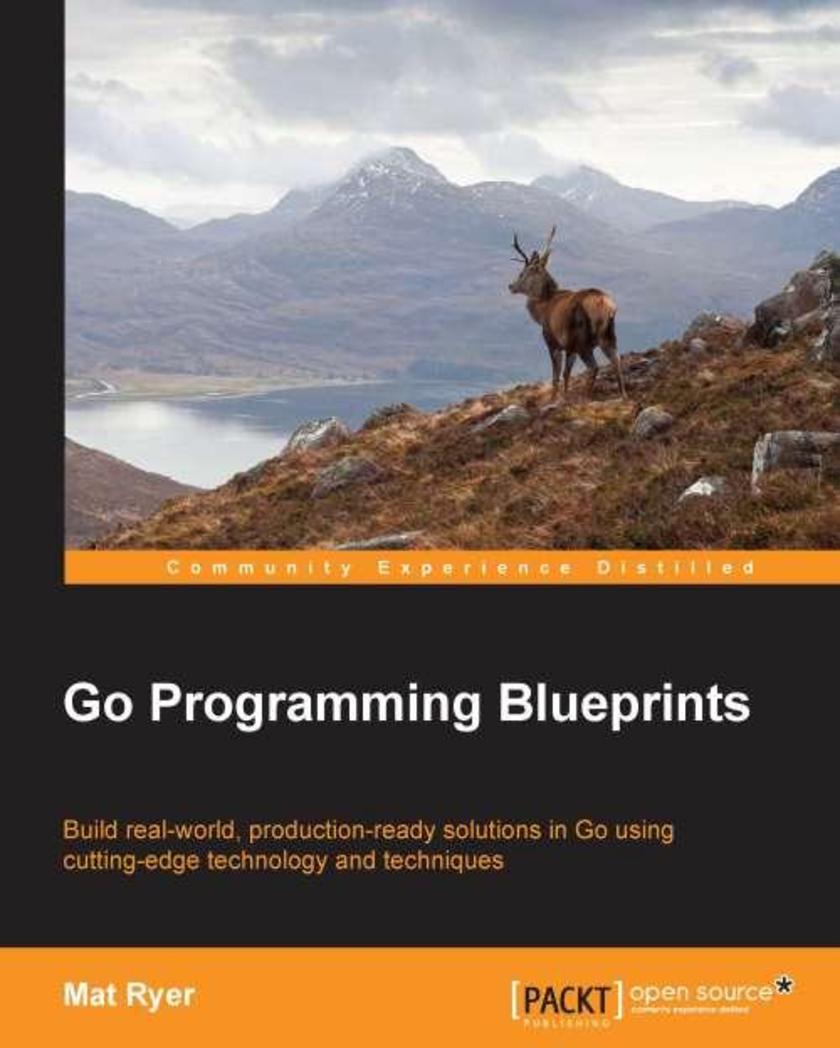
Go Programming Blueprints
¥90.46
Intended for seasoned Go programmers who want to put their expertise in Go to use to solve big, real-world, modern problems. With a basic understanding of channels and goroutines, you will hone your skills to build tools and programs that are quick and simple. You need not be an expert in distributed systems or technologies in order to deliver solutions capable of great scale. It is assumed that you are familiar with the basic concepts of Go.
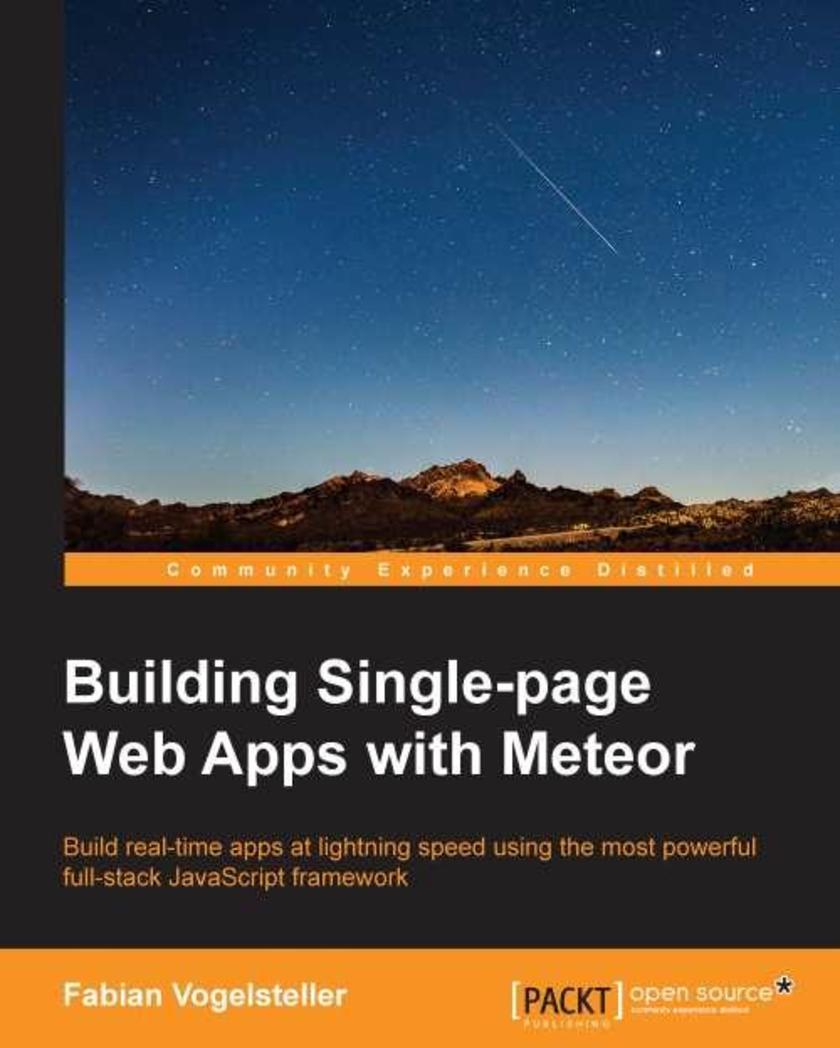
Building Single-page Web Apps with Meteor
¥45.77
If you are a web developer with basic knowledge of JavaScript and want to take on Web 2.0, build real-time applications, or simply want to write a complete application using only JavaScript and HTML/CSS, this is the book for you. This book is based on Meteor 1.0.
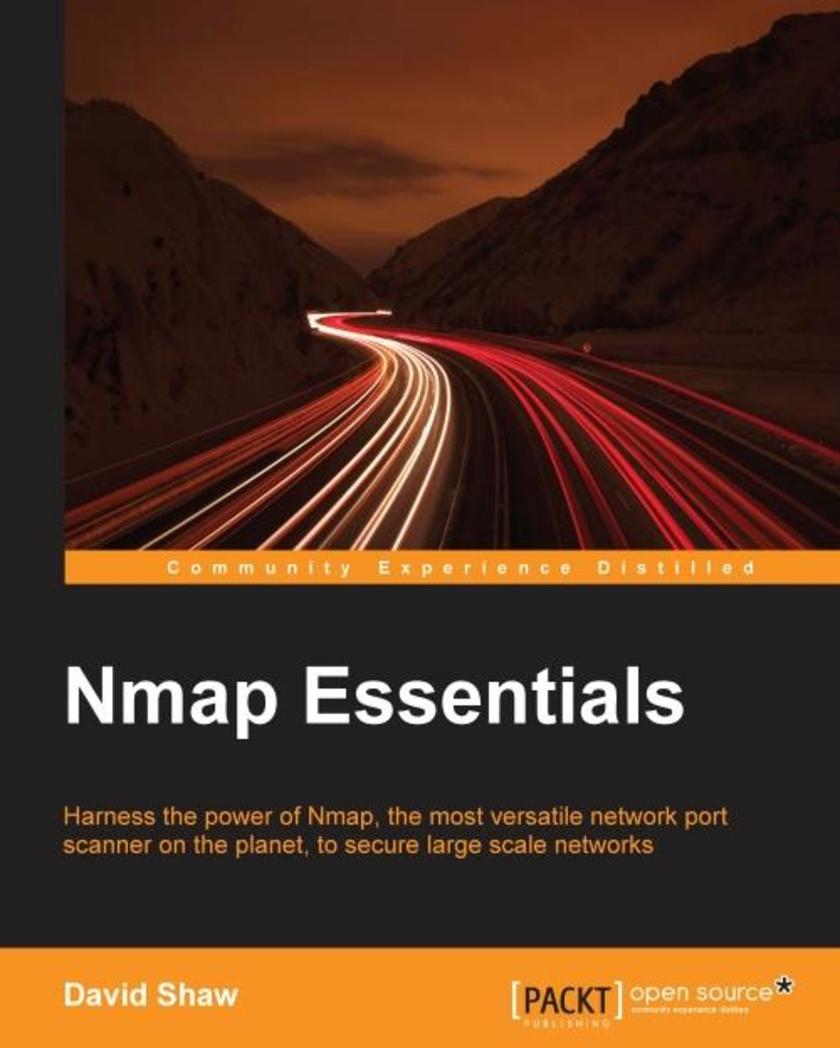
Nmap Essentials
¥45.77
This book is for beginners who wish to start using Nmap, who have experience as a system administrator or of network engineering, and who wish to get started with Nmap.
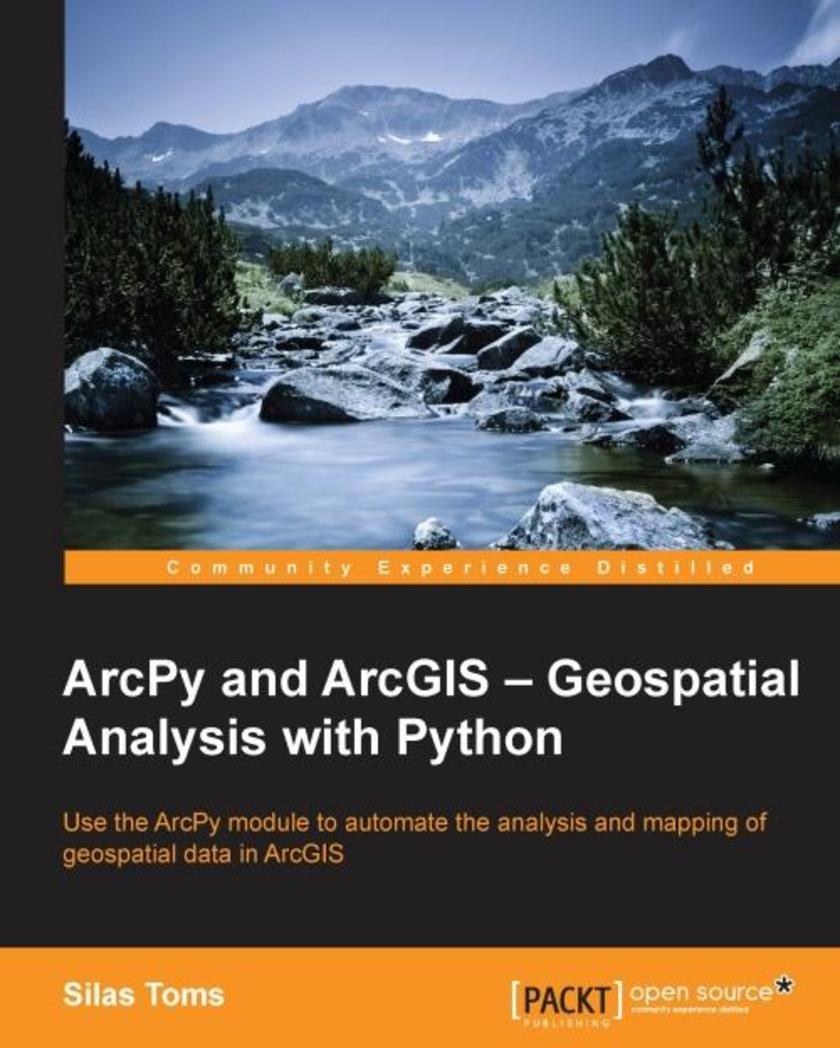
ArcPy and ArcGIS – Geospatial Analysis with Python
¥80.65
If you are a GIS student or professional who needs an understanding of how to use ArcPy to reduce repetitive tasks and perform analysis faster, this book is for you. It is also a valuable book for Python programmers who want to understand how to automate geospatial analyses.

Spring Integration Essentials
¥54.49
This book is intended for developers who are either already involved with enterprise integration or planning to venture into the domain. Basic knowledge of Java and Spring is expected. For newer users, this book can be used to understand an integration scenario, what the challenges are, and how Spring Integration can be used to solve it. Prior experience of Spring Integration is not expected as this book will walk you through all the code examples.

Learning Apache Cassandra
¥80.65
If you're an application developer familiar with SQL databases such as MySQL or Postgres, and you want to explore distributed databases such as Cassandra, this is the perfect guide for you. Even if you've never worked with a distributed database before, Cassandra's intuitive programming interface coupled with the step-by-step examples in this book will have you building highly scalable persistence layers for your applications in no time.
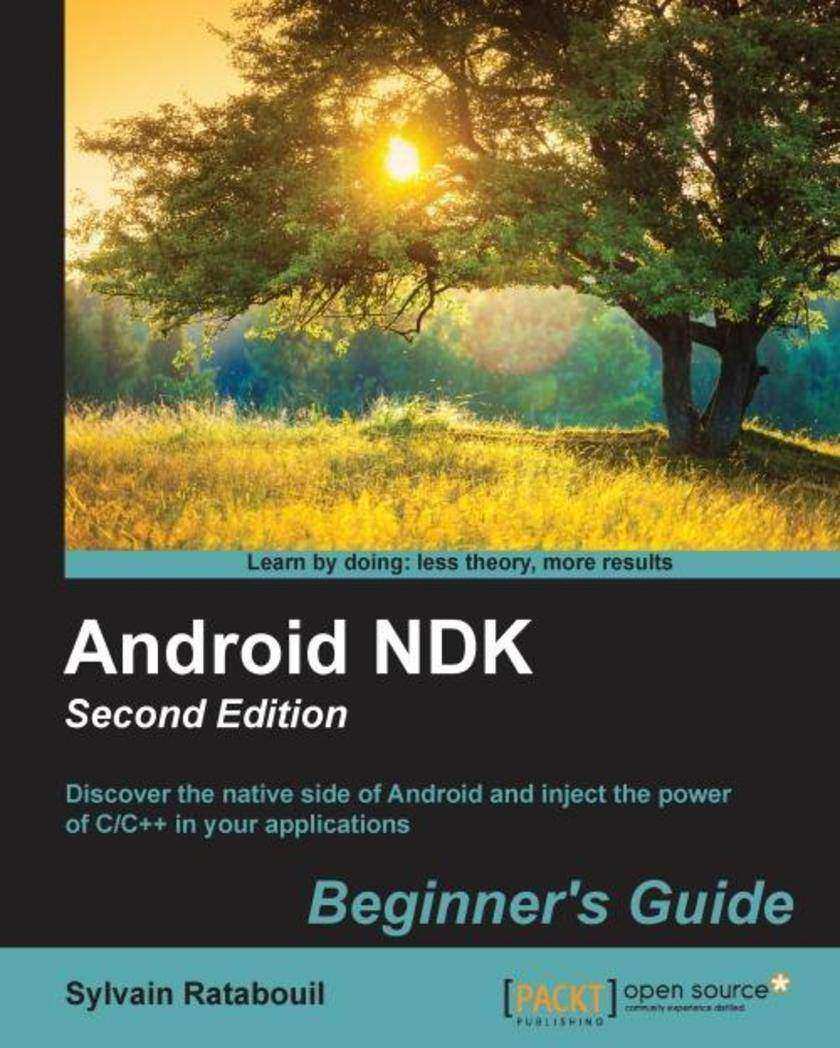
Android NDK: Beginner's Guide - Second Edition
¥90.46
Are you an Android Java programmer who needs more performanceAre you a C/C++ developer who doesn’t want to bother with the complexity of Java and its out-of-control garbage collectorDo you want to create fast intensive multimedia applications or gamesIf you’ve answered yes to any of these questions then this book is for you. With some general knowledge of C/C++ development, you will be able to dive headfirst into native Android development.
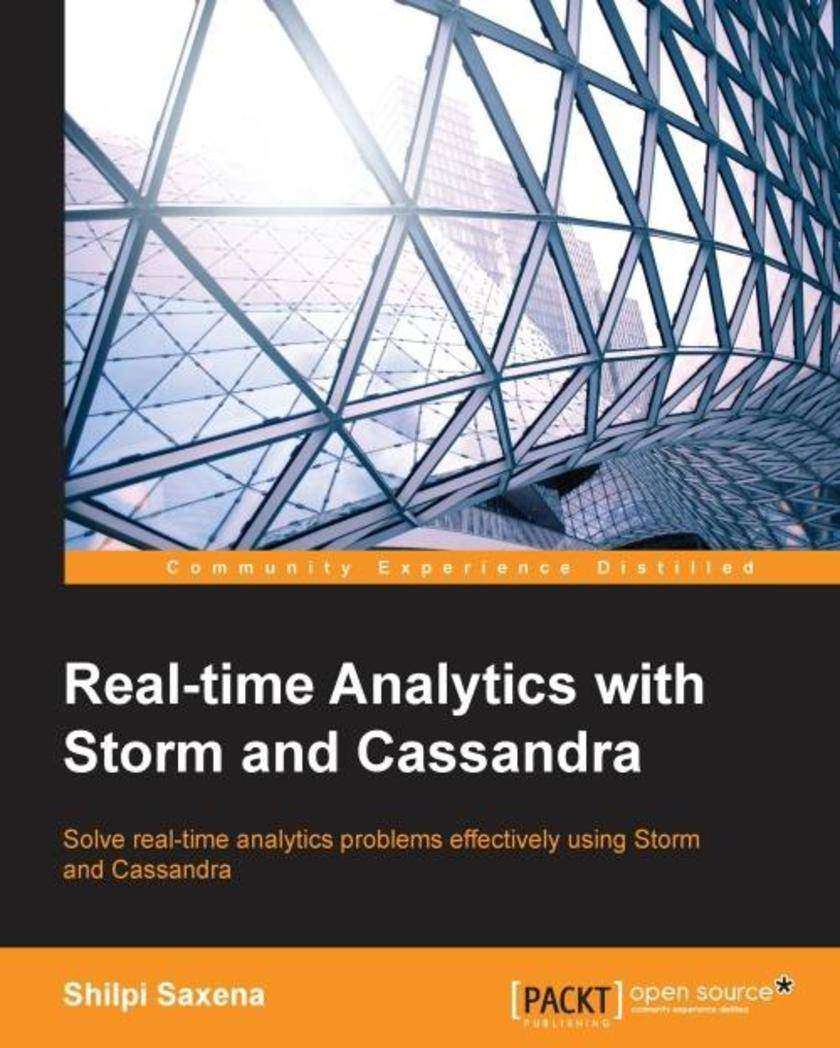
Real-time Analytics with Storm and Cassandra
¥80.65
If you want to efficiently use Storm and Cassandra together and excel at developing production-grade, distributed real-time applications, then this book is for you. No prior knowledge of using Storm and Cassandra together is necessary. However, a background in Java is expected.
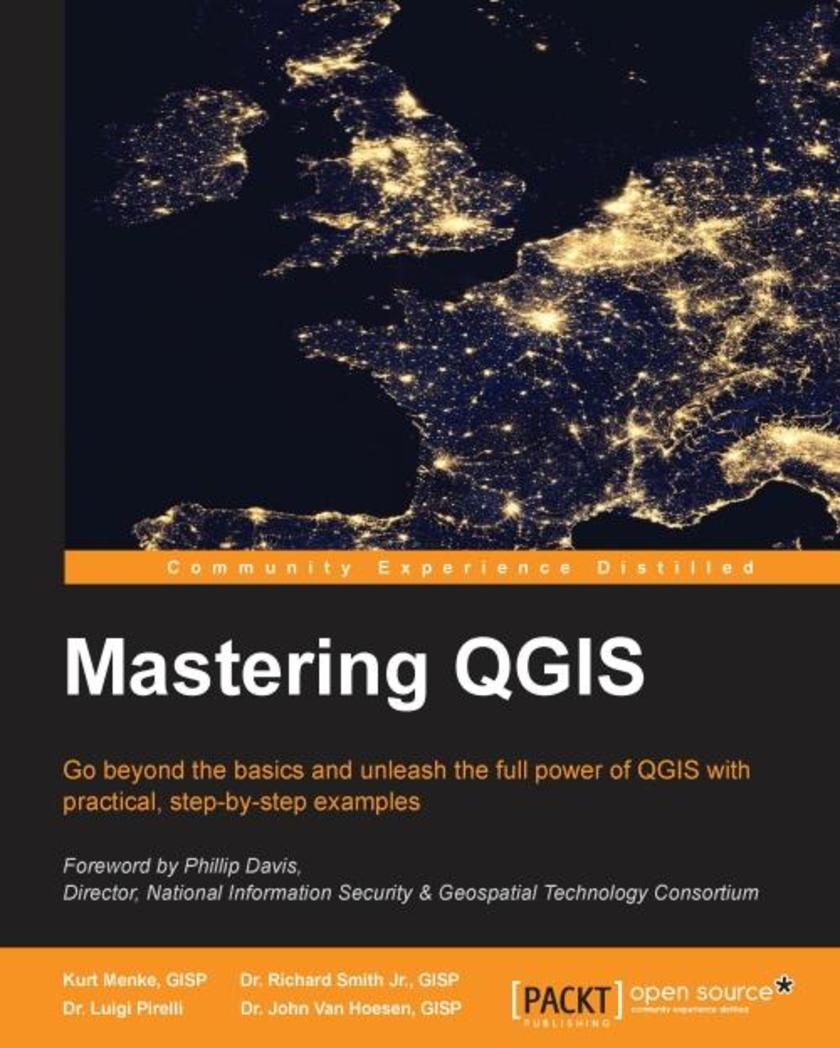
Mastering QGIS
¥90.46
If you are a GIS professional, a consultant, a student, or perhaps a fast learner who wants to go beyond the basics of QGIS, then this book is for you. It will prepare you to realize the full potential of QGIS.
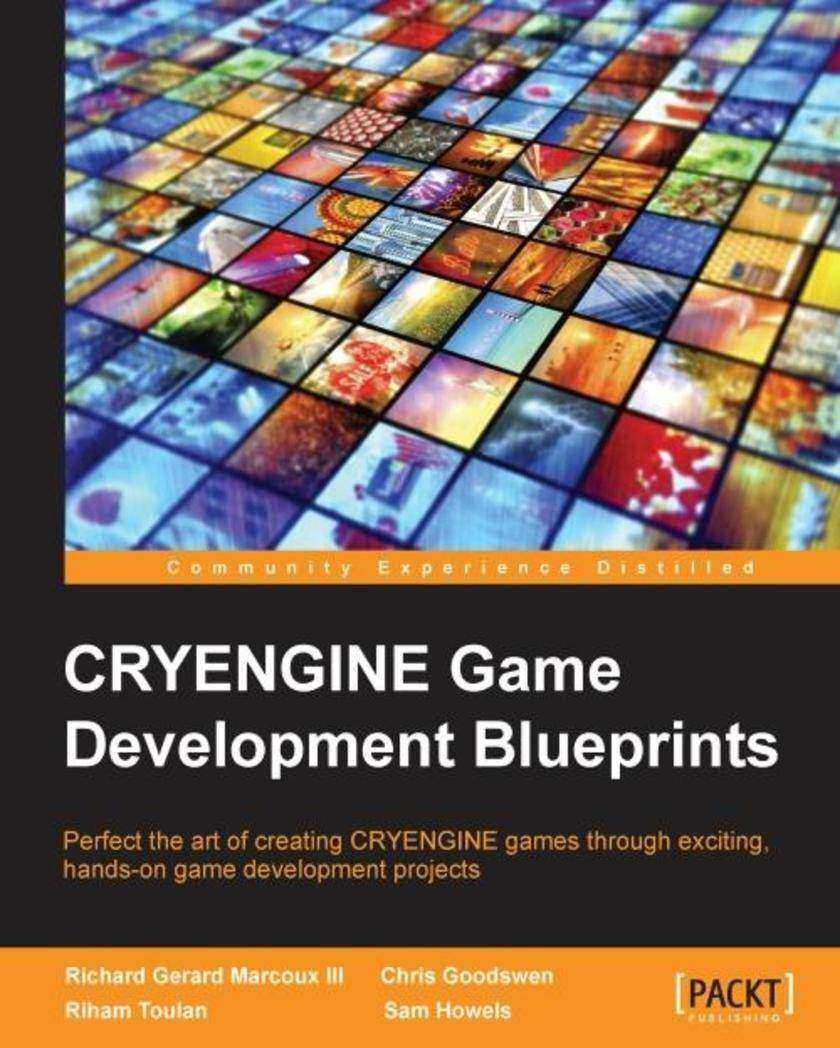
CRYENGINE Game Development Blueprints
¥80.65
This book is intended for CRYENGINE game developers wanting to develop their skills with the help of industry experts. A good knowledge level and understanding of CRYENGINE is assumed.

Learning Behavior-driven Development with JavaScript
¥90.46
This book is ideal for any JavaScript developer who is interested in producing well-tested code. If you have no prior experience with testing, Node.js, or any other tool, do not worry, as they will be explained from scratch.
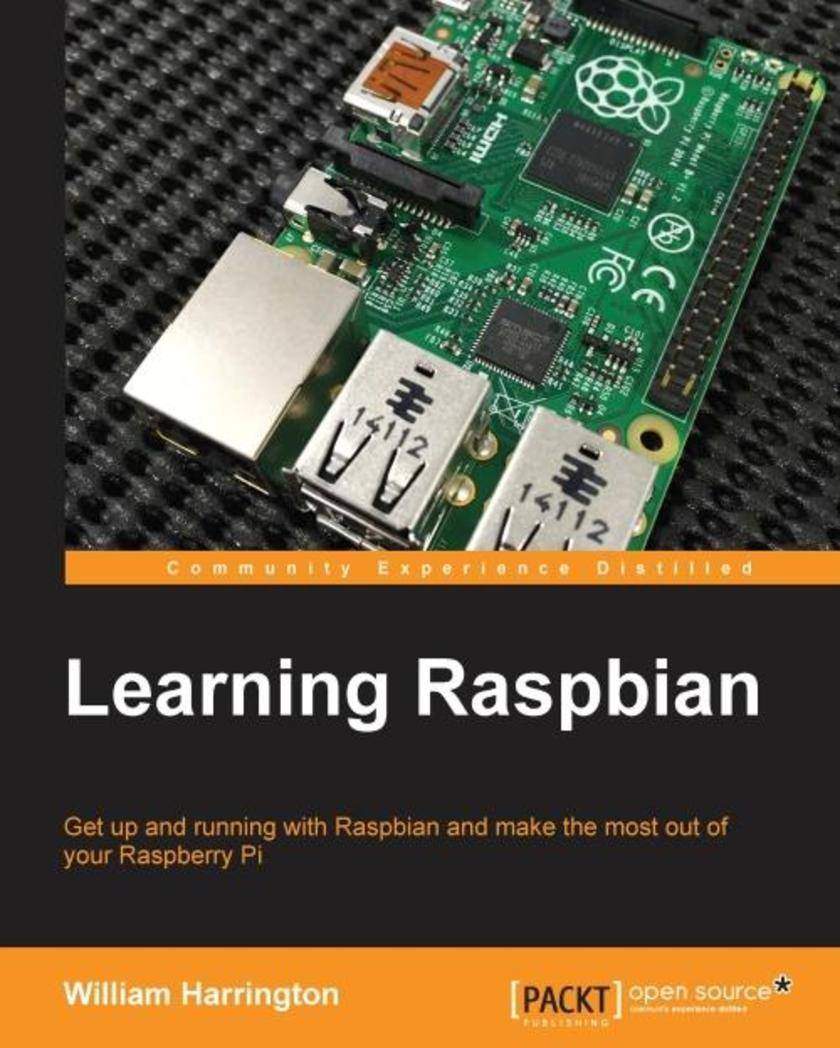
Learning Raspbian
¥45.77
This book is intended for developers who have worked with the Raspberry Pi and who want to learn how to make the most of the Raspbian operating system and their Raspberry Pi. Whether you are a beginner to the Raspberry Pi or a seasoned expert, this book will make you familiar with the Raspbian operating system and teach you how to get your Raspberry Pi up and running.
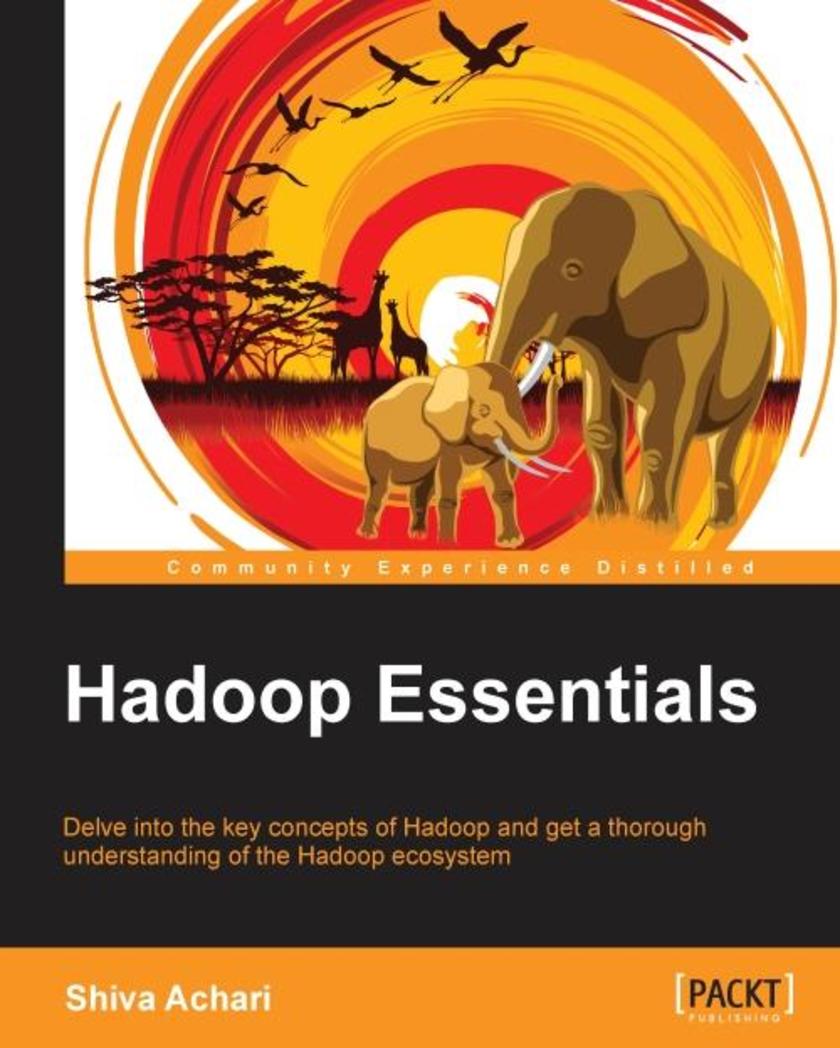
Hadoop Essentials
¥54.49
If you are a system or application developer interested in learning how to solve practical problems using the Hadoop framework, then this book is ideal for you. This book is also meant for Hadoop professionals who want to find solutions to the different challenges they come across in their Hadoop projects.
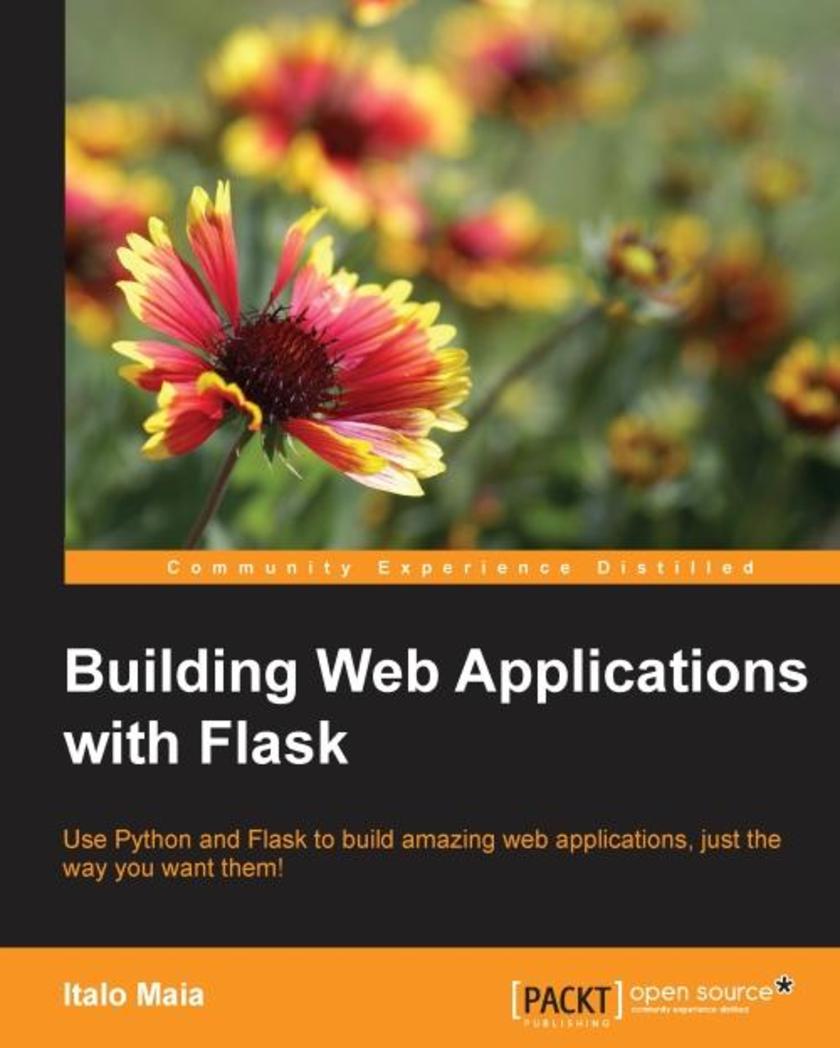
Building Web Applications with Flask
¥63.21
If you are a Python web developer who wants to learn more about developing applications in Flask and scaling them with industry-standard practices, this is the book for you.
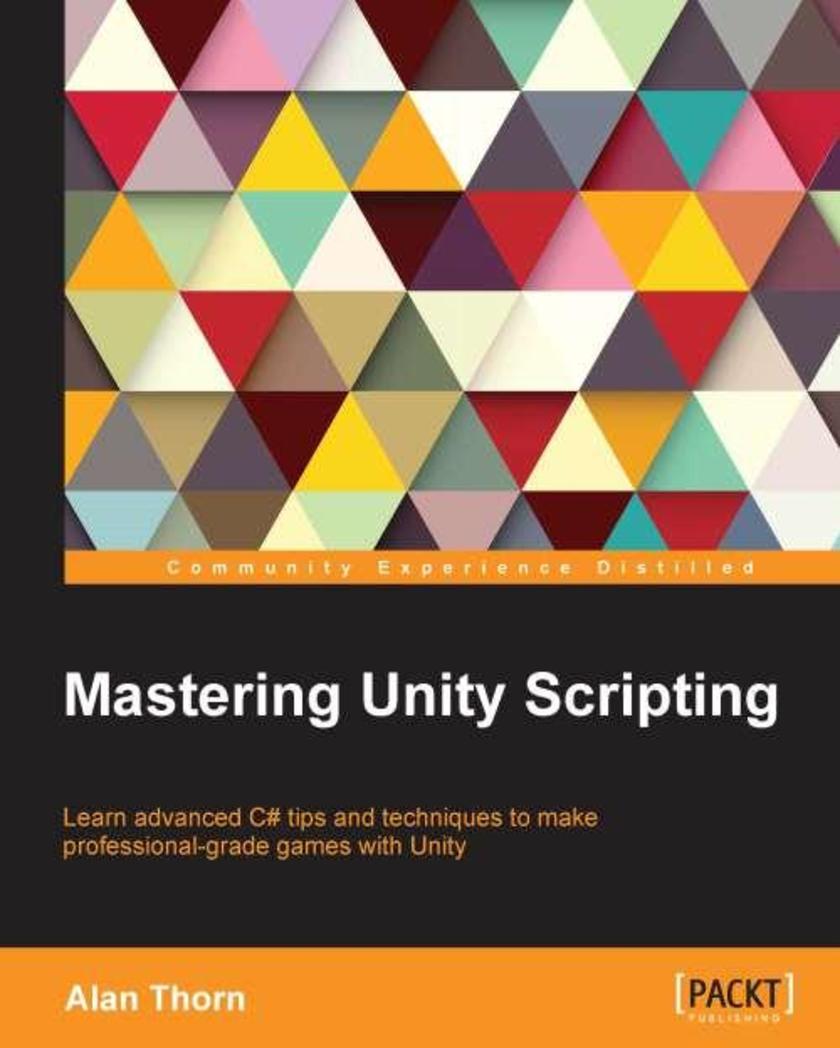
Mastering Unity Scripting
¥90.46
Mastering Unity Scripting is an advanced book intended for students, educators, and professionals familiar with the Unity basics as well as the basics of *ing. Whether you've been using Unity for a short time or are an experienced user, this book has something important and valuable to offer to help you improve your game development workflow.
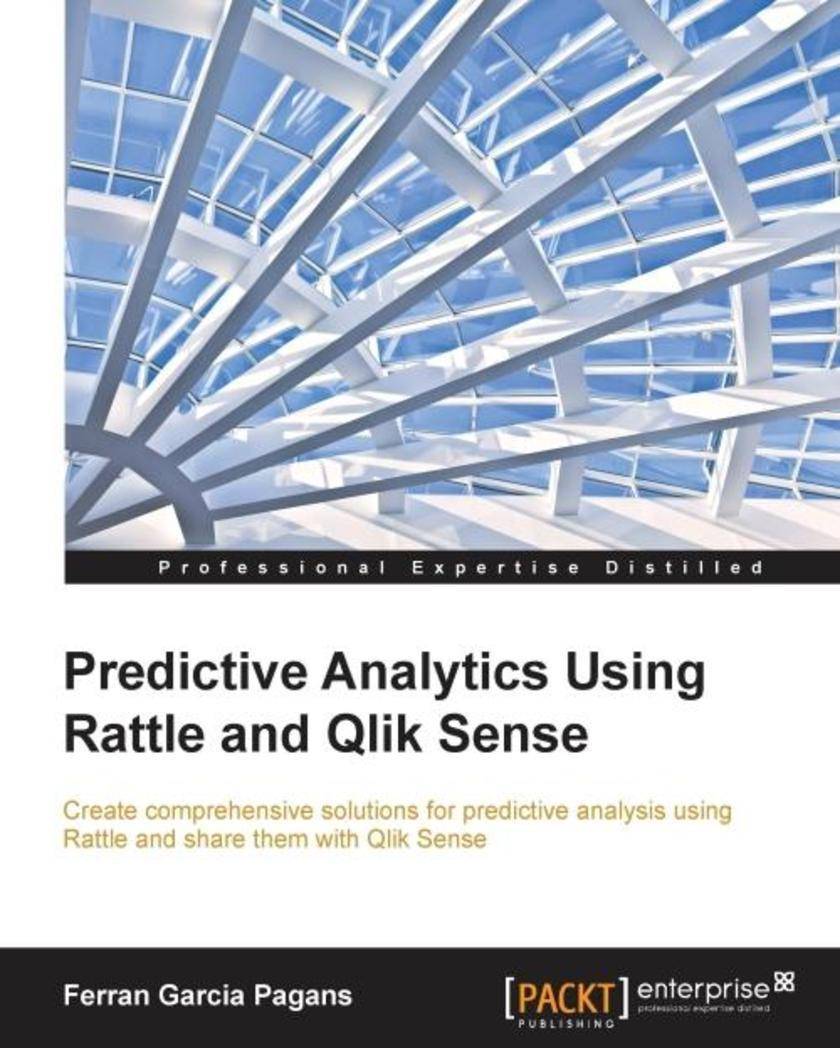
Predictive Analytics Using Rattle and Qlik Sense
¥63.21
If you are a business analyst who wants to understand how to improve your data analysis and how to apply predictive analytics, then this book is ideal for you. This book assumes you have some basic knowledge of statistics and a spreadsheet editor such as Excel, but knowledge of QlikView is not required.
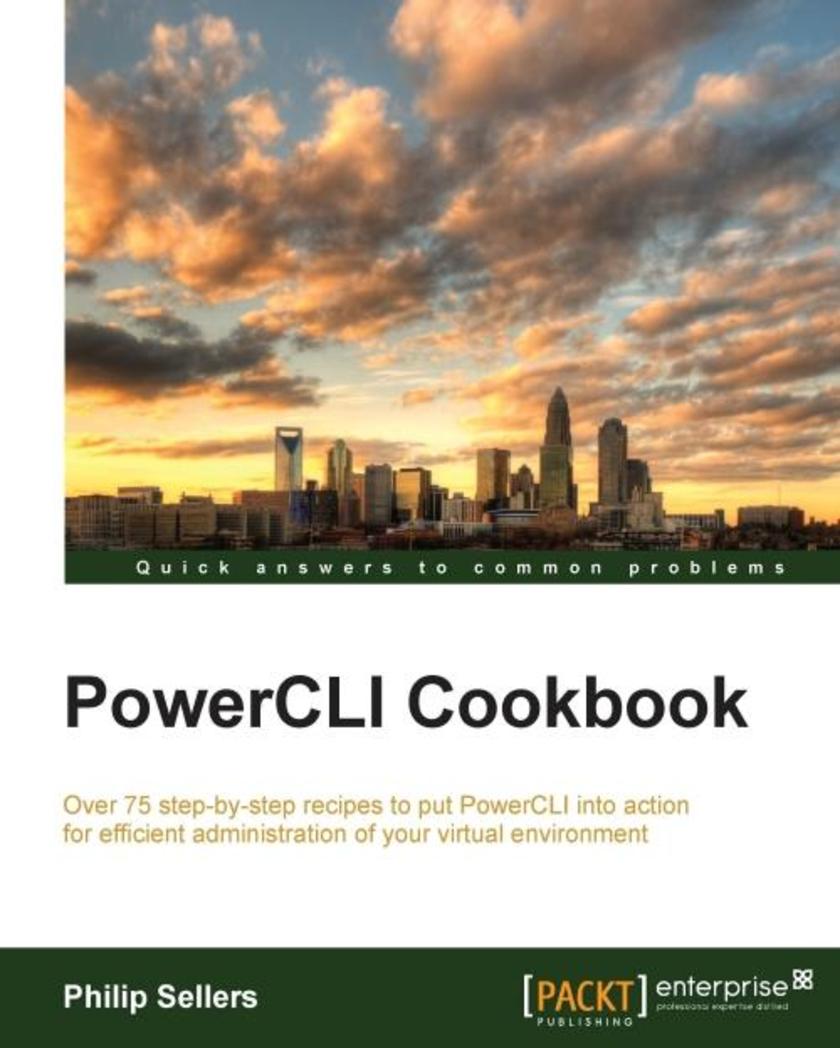
PowerCLI Cookbook
¥90.46
If you are a virtualization professional who wants to unleash the power of automation and combat the complexity of sprawling virtual environments, this book is ideal for you. This book will enhance your skills of administering VMware vSphere and vCloud Director with PowerCLI.
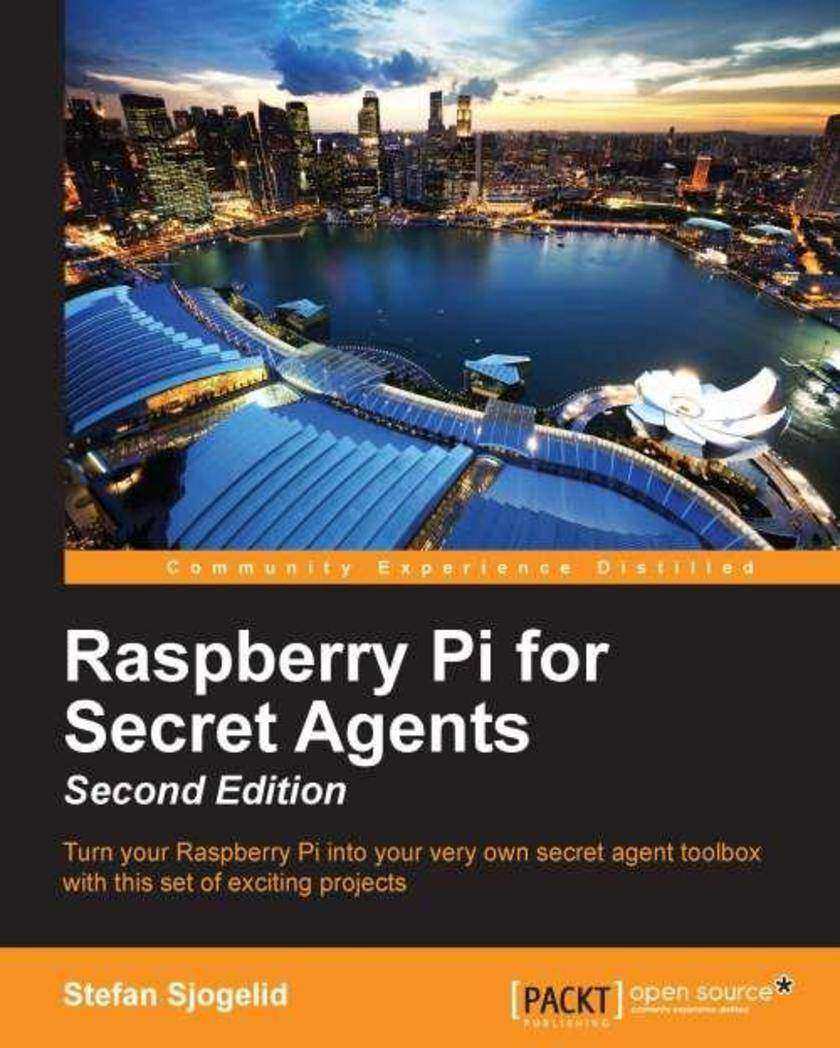
Raspberry Pi for Secret Agents - Second Edition
¥45.77
This book is an easy-to-follow guide with practical examples in each chapter. Suitable for the novice and expert alike, each topic provides a fast and easy way to get started with exciting applications and also guides you through setting up the Raspberry Pi as a secret agent toolbox.
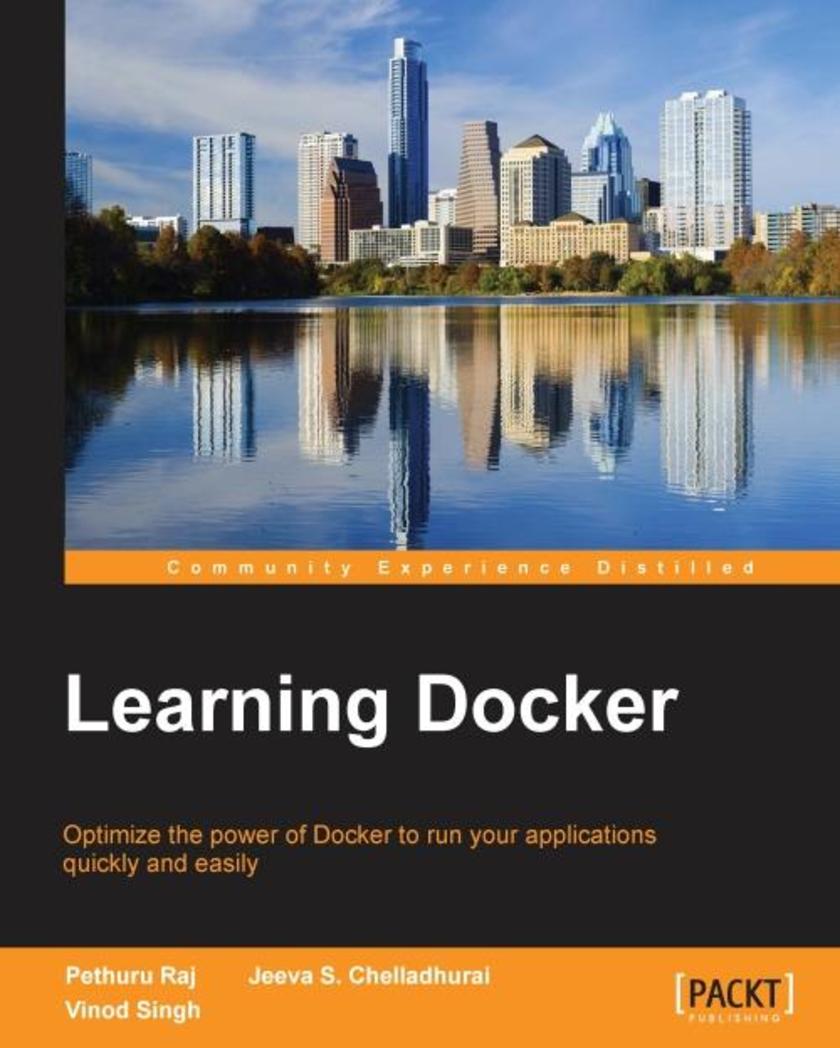
Learning Docker
¥90.46
If you are an application developer who wants to learn Docker in order to utilize its features for application deployment, then this book is for you. No prior knowledge of Docker is required.
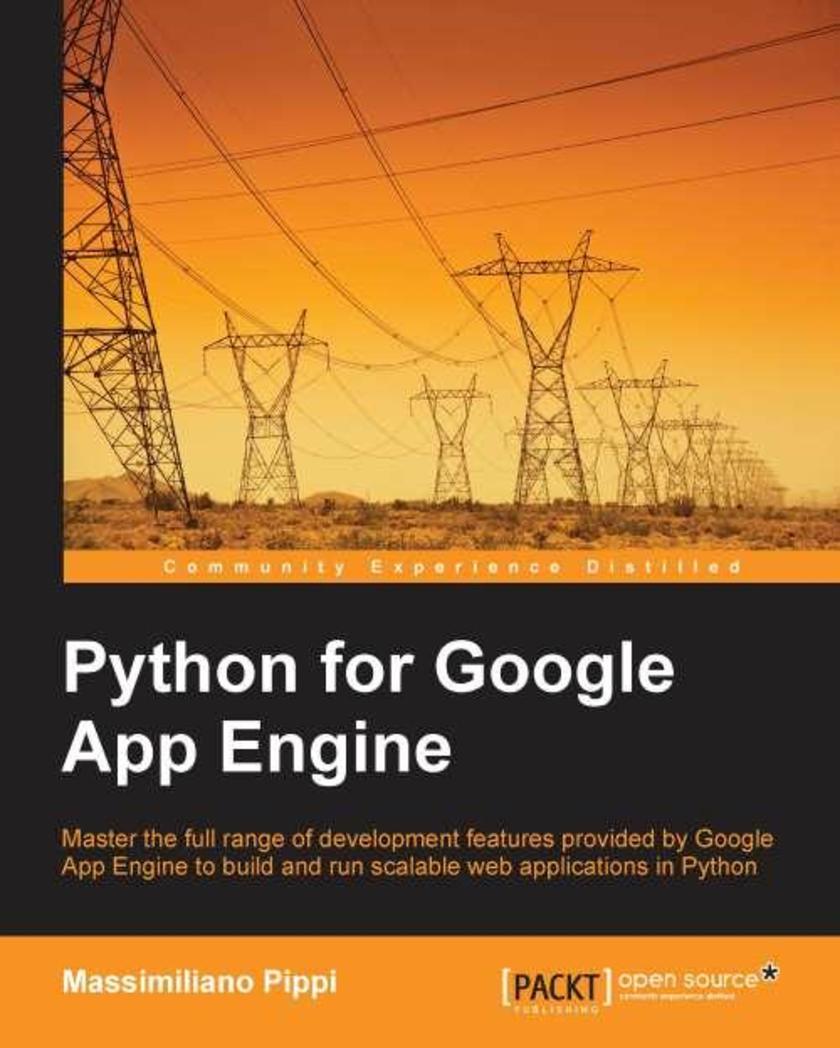
Python for Google App Engine
¥54.49
If you are a Python developer, whether you have experience in web applications development or not, and want to rapidly deploy a scalable backend service or a modern web application on Google App Engine, then this book is for you.




 购物车
购物车 个人中心
个人中心



